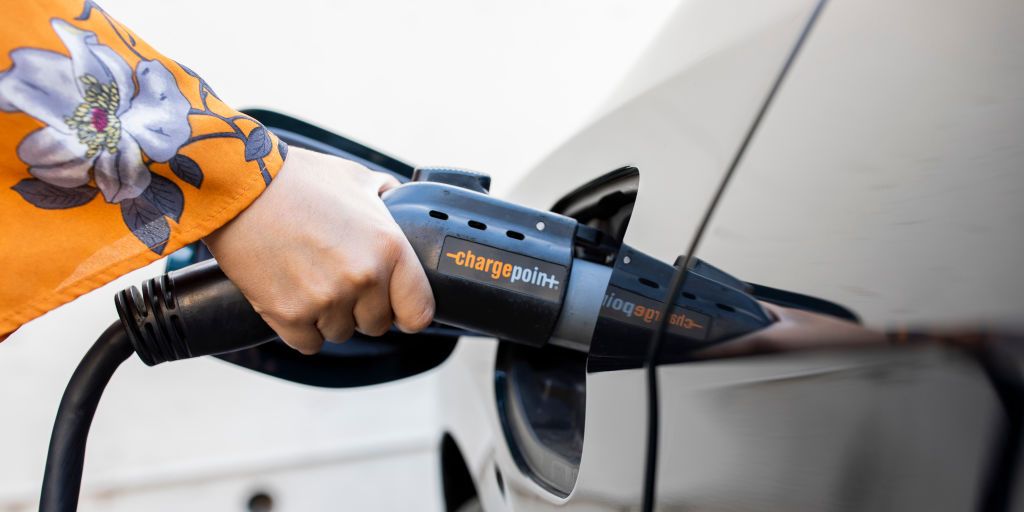
Alfa Romeo flagship EV due in 2027 with 18-minute recharge time
Alfa Romeo boss Jean-Philippe Imparato says the coming flagship CUV will challenge the BMW X5 with up to 1,000 hp and an 18-minute recharge time.



Depending on where you are it's not that bad. Tesla is the best, with over 1,400 supercharger locations (not stalls). Electrify America has 790+. The vast majority of travel routes are covered. I am sure there are dead zones, but the networks are only getting larger. You only use DC charging on trips.I think that was my point... If you don't have a Tesla good luck finding something to charge your car in 20 minutes. Might as well put you bank account all on red at the casino.
Correct, most EV owners (with a home or work charger) charge on their off time. Overnight, or during work hours. DC fast charging is really only for trips. Local L2 charging is for people who can't do it at home/work, or for desperate situations. They are very slow. I used to plug in at the mall, it was free, really just to help advertise that people have EVs. Now Teslas are like Civics, so I don't bother (and the stalls are usually full haha).But that goes back to my point. Unless you are on a long road trip, why wouldn't one charge their car at home overnight and therefore not need to find somewhere to charge for 20 minutes? Also, the non-Tesla charging stations are right now rightfully focusing on that "road trip infrastructure", not inner city charging stations.
(emphasis added)The Transportation sector includes the movement of people and goods by cars, trucks, trains, ships, airplanes, and other vehicles. The majority of greenhouse gas emissions from transportation are carbon dioxide (CO2) emissions resulting from the combustion of petroleum-based products, like gasoline and diesel fuel, in internal combustion engines. The largest sources of transportation-related greenhouse gas emissions include passenger cars, medium- and heavy-duty trucks, and light-duty trucks, including sport utility vehicles, pickup trucks, and minivans. These sources account for over half of the emissions from the transportation sector. The remaining greenhouse gas emissions from the transportation sector come from other modes of transportation, including commercial aircraft, ships, boats, and trains, as well as pipelines and lubricants.
Relatively small amounts of methane (CH4) and nitrous oxide (N2O) are emitted during fuel combustion. In addition, a small amount of hydrofluorocarbon (HFC) emissions are included in the Transportation sector. These emissions result from the use of mobile air conditioners and refrigerated transport.




I do not remember this article has been discussed in this Forum. It talks about Freedom, Options, Save The Planet and Realistic Timing For A Supposed Zero CO2 Emissions. It was issued in October 2022 and I just saw it today.
Click Here and Enjoy it.


 arstechnica.com
arstechnica.com
